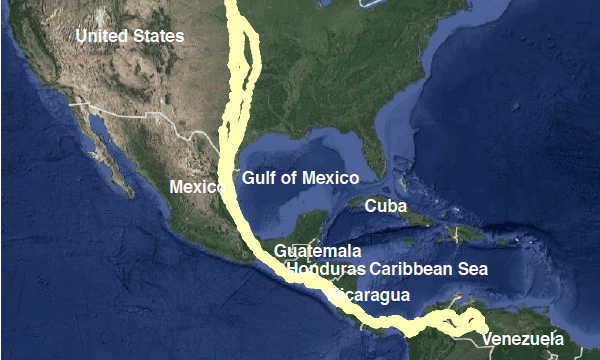Navigation auf uzh.ch
Navigation auf uzh.ch
Using this new tracking technology, it has become possible to record movements of animals and automatically assign behavioral activities such as foraging, resting or flying to the tracking data.

The authors of this article introduce a new method that is based on the discrete wavelet transform (DWT), which decomposes the movement signal, recorded by a tracking device fitted to the animal, into low and high frequencies. The low-frequency components relate to more gradual movement changes that require more time to develop, while the high-frequency components are representing more abrupt, short-term movements. Thus, it becomes possible to analyze movement behavior at different temporal scales.
The authors validated their method using different data sets, including among others data of migrating turkey vultures (Cathartes aura), for which different migration stages were to be automatically detected. The comparison with several other methods showed that the new DWT segmentation was more versatile and more accurate than the other methods presently available for this purpose. It can be used for more movement parameters and yields a better agreement with simulated as well as with real data. It correctly identifies the birds’ migration modes as they were identified by human experts. The new method offers a valuable contribution for animal ecology research as well as practical conservation biology, supporting the study of behavioral patterns of animals in natural and human dominated landscapes.
Soleymani, Ali; Pennekamp, Frank; Dodge, Somayeh; Weibel, Robert